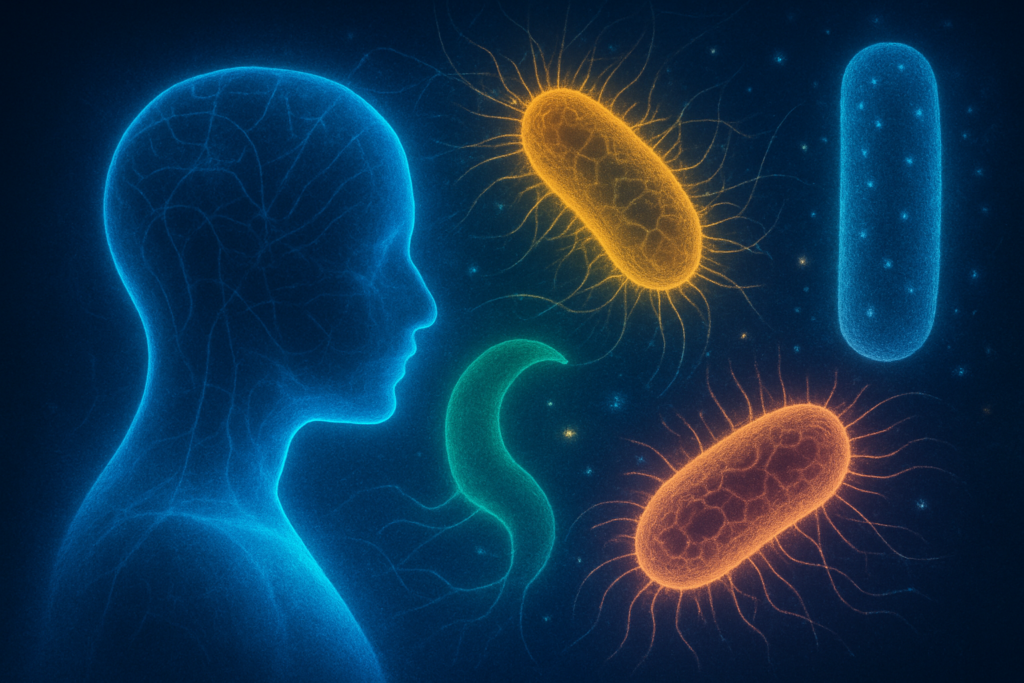
Title: A Beginner’s Guide to Protein for Vegetarian Gym-Goers
1. What Is Protein? Protein is one of the three major macro nutrients your body needs to function, alongside carbohydrates and fats. It is made up of small molecules called amino acids—these are the building blocks of life. Think of proteins as construction workers in your body, helping build and repair tissues, muscles, enzymes, and even hormones.
2. Why Is Protein Used in the Body? Protein has several critical functions:
- Builds and repairs muscles
- Produces enzymes and hormones
- Supports immune health
- Transports nutrients
- Maintains skin, hair, and nails
In short, without protein, your body wouldn’t be able to grow, heal, or perform even basic functions.
3. Importance of Protein for Athletes and Players If you’re into fitness, sports, or gym workouts, your body’s demand for protein increases. Protein supports:
- Faster recovery after workouts
- Increased muscle mass
- Improved strength and endurance
- Injury prevention and repair
For vegetarian athletes, getting enough quality protein becomes even more crucial since typical meat-based sources are off the table.
4. Daily Protein Requirements: Men vs. Women The Recommended Dietary Allowance (RDA) for protein depends on body weight and activity level:
- Men (moderately active): 56–91 grams per day
- Women (moderately active): 46–75 grams per day
- Athletes or gym-goers: 1.2 to 2.0 grams per kilogram of body weight per day
For example, a 60 kg woman who lifts weights might need 72–120 grams of protein daily.
5. Types of Proteins: Source, Profile, Absorption, Digestibility Proteins vary in quality based on:
- Source:
- Animal-based: Whey, casein, egg white
- Plant-based: Soy, pea, rice, hemp, chia
- Amino Acid Profile:
- Complete: Contains all 9 essential amino acids
- Incomplete: Missing one or more essential amino acids
- Absorption Rate:
- Fast: Whey protein
- Slow: Casein, some plant proteins
- Digestibility & Bioavailability:
- Easily absorbed: Whey, soy isolate
- Harder to digest: Raw legumes, low-quality blends
6. Good vs. Not-So-Good Proteins Good Proteins:
- Complete amino acid profile
- Clean, minimally processed
- Easily digestible
- Free from harmful additives
Not-So-Good Proteins:
- Incomplete or poorly absorbed
- Loaded with synthetic ingredients or artificial sweeteners
- Contaminated with heavy metals or GMOs
7. What Is a Complete Amino Acid Profile? A complete protein has all 9 essential amino acids your body can’t make on its own. These are needed for:
- Muscle recovery
- Immune defense
- Hormone synthesis
Examples:
- Complete: Whey, soy, quinoa, buckwheat
- Incomplete: Lentils, rice, nuts (but can be combined for a full profile, like rice + beans)
Each amino acid has a unique role. For example, leucine is essential for muscle protein synthesis, while lysine supports calcium absorption and immune function.
8. Why Some Proteins Don’t Suit Certain Genetics Your genes influence how your body processes food and supplements. For example, people with MTHFR mutations (a common genetic variation) may:
- Have trouble processing synthetic folic acid
- Be more sensitive to certain amino acids like methionine
- Struggle with detoxification pathways
Such individuals should avoid over-fortified or synthetic protein powders and opt for clean, whole-food-based or naturally methylated protein blends.
9. Additives and Toxins in Protein Powders Many protein powders on the market contain hidden additives that can harm your health over time:
Common Additives:
- Artificial sweeteners (e.g., sucralose, aspartame)
- Artificial colors
- Preservatives and emulsifiers (e.g., carrageenan, xanthan gum)
Toxins:
- Heavy metals (lead, arsenic, cadmium)
- GMOs
- Industrial solvents or pesticide residues
Harms Caused:
- Gut inflammation
- Hormonal imbalance
- Acne, fatigue
- Liver and kidney stress
How to Identify Them:
- Read the label: Fewer ingredients are better
- Check for certifications: Organic, non-GMO, third-party tested
- Choose trusted, transparent brands with clean ingredient profiles
10. Whey vs. Soy Protein: A Deeper Comparison
| Feature | Whey Protein | Soy Protein |
|---|---|---|
| Source | Animal-based (milk) | Plant-based (soybeans) |
| Amino Acid Profile | Complete + High BCAAs | Complete, decent BCAAs |
| Digestion | Fast | Medium |
| Suitable For Vegans | No | Yes |
| Allergens | Lactose, dairy | Soy (common allergen) |
| Best For | Quick recovery, muscle gain | Sustainable plant-based nutrition |
| Cautions | Lactose intolerance, additives | Choose non-GMO, organic |
Summary: Whey is great for fast muscle recovery and building due to its BCAA content, but it may not suit lactose-intolerant or vegan individuals. Soy is an excellent alternative for vegetarians and vegans, especially when chosen in organic, non-GMO form.
11. Harms and Symptoms of Excessive Protein Intake More isn’t always better. Too much protein, especially from supplements, can:
- Burden kidneys and liver
- Dehydrate the body
- Cause constipation or bloating
- Increase calcium loss from bones
- Lead to hormonal imbalance in sensitive individuals
Symptoms to Watch For:
- Bad breath (ketosis)
- Constant thirst or dry mouth
- Frequent urination
- Mood swings or irritability
- Fatigue despite high protein intake
12. Conclusion Protein is essential—not just for bodybuilders but for everyone who values strength, energy, and recovery. For vegetarian gym-goers, the key lies in understanding your body, choosing complete and clean sources, and avoiding synthetic traps. When in doubt, go natural, go balanced, and most importantly, listen to your body.
Stay strong. Stay informed. And never forget that healing—of body, mind, or history—begins with awareness.

